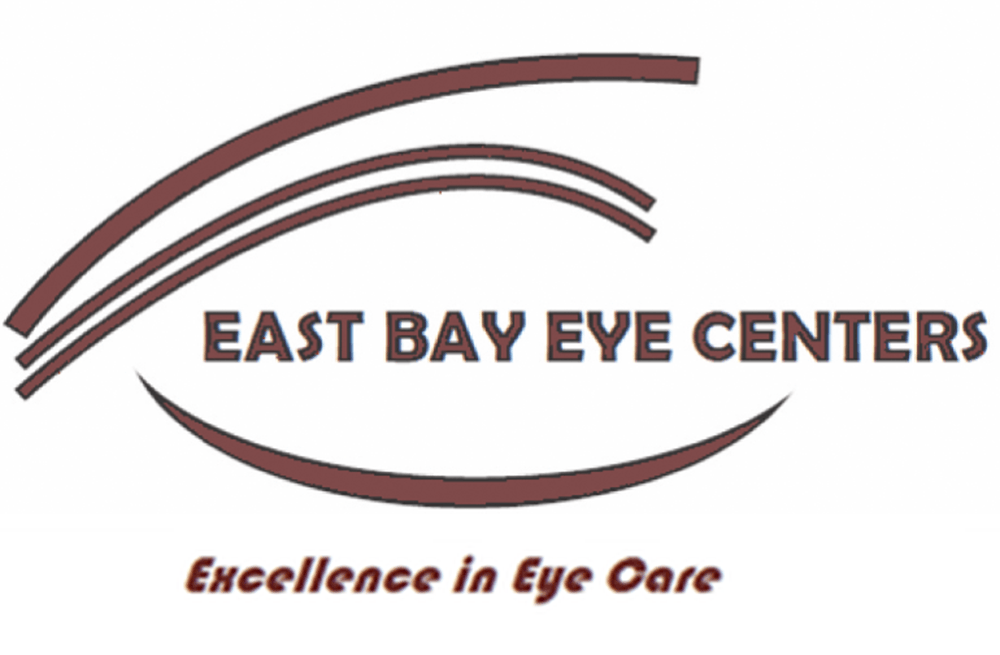Glaucoma
What is Glaucoma?
Glaucoma refers to a group of diseases that have certain common features including intraocular pressure too high for the health of the eye, damage to the optic nerve, and visual field loss.
In glaucoma, the increased fluid pressure builds up and pushes the optic nerve back into a cupped or concave shape. If the intraocular pressure remains too high for too long, the extra pressure damages parts of the optic nerve. This damage appears as gradual visual changes and then loss of vision. The early visual changes are very slight and usually do not affect the central vision, the center portion of what is seen when looking straight ahead or reading. Parts of the peripheral vision, the top, sides and bottom areas of vision are affected and may not be noticed by the patient at first. Glaucoma usually occurs in both eyes, but extra fluid pressure often begins to build up first in only one eye.
Are There Symptoms?
In developed countries like the United States, cataracts are most often related to age. Other factors that can contribute to cataract formation include heredity, chronic use of steroid drops, or previous eye surgery, injury or inflammation. There is also some evidence that the cumulative lifetime exposure to ultraviolet (UV) light may play a role in the subsequent development of cataracts. However, there is no evidence that the wearing of UV-blocking sunglasses can prevent or slow the progression of cataracts. (On the other hand, there is no evidence that UV-blocking sunglasses are harmful, either.) No glasses, medications, exercises, or dietary supplements have ever been shown to prevent or slow cataract formation.
How Often Should I Be Examined For Glaucoma?
Doctors recommend a glaucoma check as part of regular examinations for children, teenagers and adults. Most people should have an especially thorough glaucoma check around the age of 35. Another check-up is recommended at age 40 and then every two or three years after.
Is There a Cure?
Generally speaking, glaucoma cannot be cured, but it can be controlled. Once diagnosed, it requires constant, lifelong care. Continual observation and treatment can control the intraocular pressure, which protects the optic nerve and prevents vision loss. The importance of keeping eye pressure under control cannot be emphasized too strongly. Eye drops, oral medications, laser surgery, and microsurgery are quite successful in controlling eye pressures over long periods of time.
Many people think that glaucoma has been cured when high pressures have been brought down to safe levels with medication or surgery. In fact, the glaucoma is only being controlled. Regular check-ups are necessary even after medications or surgery have successfully controlled the eye pressure.

